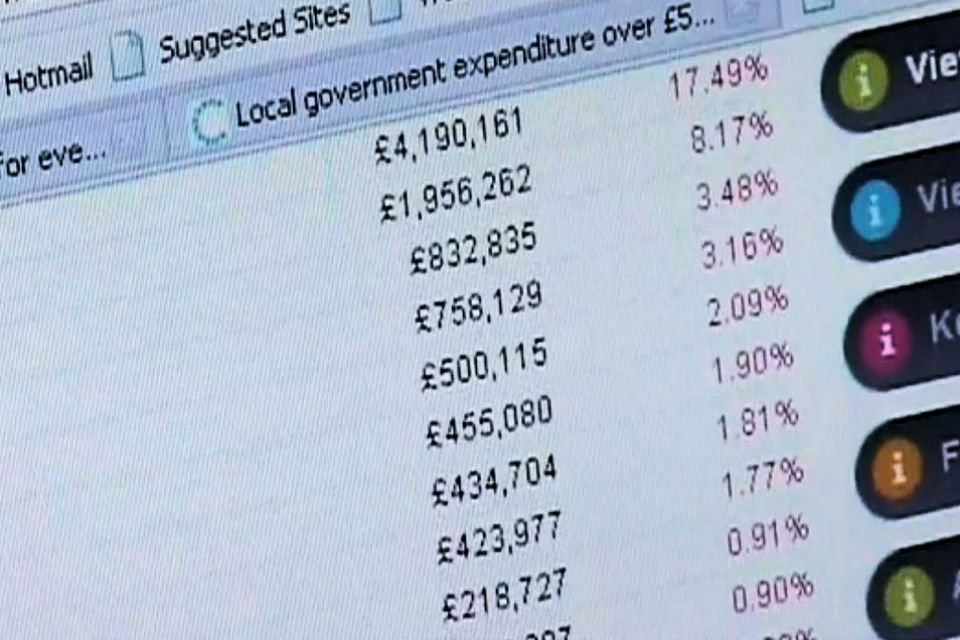Right to report: 10 things to know
Ten things to know about how the new 'right to report' allows press and public to film, tweet and blog council meetings.

Town hall
1. Margaret Thatcher first gave newspapers right to report
In 1960, as a backbencher Mrs Thatcher tabled a Private Members’ Bill to allow reporters to make written reports of council meetings.

Newspapers
2. Right to report modernised
We updated these analogue rights for the digital age so you can film and digitally report via social media in real time.
3. Right to report extended to citizens
Citizens as well as journalists can now scrutinise the good work of all local government bodies.

Crowd of people.
4. Local democracy in action
All council and parish meetings are open to the public – 28 days notice must now be given for closed cabinet sessions.
5. Let your friends know
You can use Twitter, Facebook, blog, YouTube or any social media app to report on the goings on of your council.
6. Councillors tweet too
Follow them and join the conversation to find out what they are doing for you.
7. Find out about big local decisions first
From public spending, to road works to planning permissions, many local decisions affecting you are taken at council meetings.
8. No hidden agendas
You have the right to see the agendas and papers that councillors get for their meetings.
9. Keep an eye on spending
You can inspect your authority’s spending and salaries of senior staff thanks to the government’s transparency code.

Local government spending
10. Find out more
Read all about the new rules in our plain English guide.
Join the conversation on your #RightToReport on Twitter